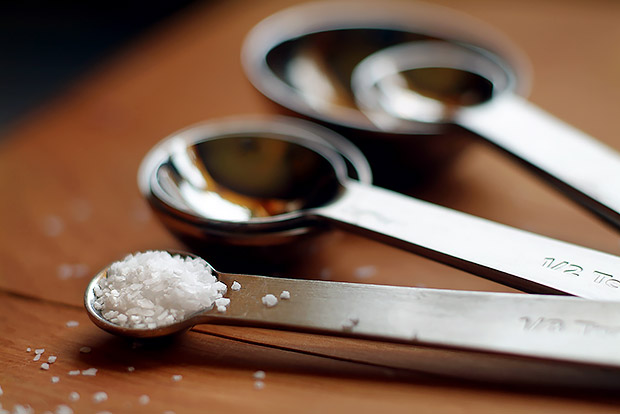
If you eat a typical Western diet, you are likely consuming nearly 50% more sodium than experts recommend. A high-sodium diet can increase your blood pressure putting you at risk for heart disease, which is the leading cause of death in the United States. Here are six things you should know about sodium and how to reduce your intake to improve health.
Why Sodium Is Important
Sodium is needed for nerve impulses, muscle contraction, and fluid balance in the cells. Your body needs sodium to be healthy, but it needs much less than the estimated 3,400 mg of sodium that Americans consume every day.
Reasons to Lower Sodium Intake
The current recommended sodium intake is no more than 2,300 mg per day. The American Heart Association and the Harvard School of Public Health suggest that the daily limit be set to 1,500 mg to improve health and reduce healthcare costs.
Why are these lower intakes suggested? Your kidneys process sodium, and when they can’t keep up with the extra sodium you eat, the body holds water to balance the sodium in your system. This is called fluid retention and over time, it can increase blood pressure. Excess sodium can also cause a loss of calcium, which can jeopardize bone health.
Salt and Sodium Sources
Researchers estimate that Americans consume 75% of daily sodium from prepared or processed foods. While table salt added during cooking and at the table contributes to sodium intake, it isn’t as concerning as the fast food and snacks that make up a large part of the U.S. diet. The American Heart Association has a list that they call “The Salty Six”. These are the top six foods contributing to excess sodium intake: bread, cold cuts and cured meats, pizza, poultry, soup, and sandwiches.
Identifying Sodium in Your Food
Table salt is made up of about 40% sodium, but when trying to identify sodium in the foods you eat, it’s important to look for terms beyond just salt. Monosodium glutamate, sodium citrate, sodium bicarbonate (baking soda), and sodium alginate are a few of the ingredients that tell you if a food is high in sodium.
Easy Ways to Lower Sodium from Foods
- Eat more fresh foods and fewer processed foods. Fresh fruits and vegetables contain very little sodium. Replacing snacks such as pretzels and crackers with a piece of fresh fruit or carrot sticks can greatly reduce the sodium in your diet.
- Check labels of packaged foods. There are government rules that define terms used on food packages.
- Sodium-free: Fewer than 5 mg of sodium per serving
- Very low sodium: No more than 35 mg of sodium per serving
- Low sodium: No more than 140 mg of sodium per serving
- Reduced-sodium: At least 25% less sodium than the regular version
Easy Ways to Lower Sodium When Cooking
- Measure all of the salt you add to food during cooking and at the table. Research shows that most people don't notice a 25% reduction in sodium. Get a baseline measurement for how much you add now, and then slowly reduce it an eighth of a teaspoon each time you make a dish until you find a lower salt level that still tastes good to you.
- Try sauteing, stir-frying, and roasting. Steaming and microwaving foods can decrease the flavor, tempting you to add more salt.
- Rinse and drain canned foods. Tests have shown that rinsing and draining canned beans can reduce the sodium content by up to 40%.
- Use more herbs and spices. Garlic powder, curry powder, and smoked paprika have strong, pleasant flavors, which make adding salt unnecessary. A small splash of sesame oil or citrus juice can also add more flavor to your food.
Sources



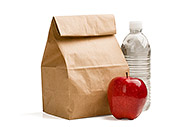 3 Healthy Lunches for Your Work Week
3 Healthy Lunches for Your Work Week
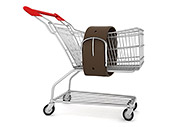 5 Tips for Stretching Your Budget for Healthy Food
5 Tips for Stretching Your Budget for Healthy Food
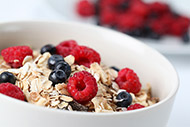 Best Ways to Reduce Added Sugar
Best Ways to Reduce Added Sugar
 Healthy Tips to Lighten Up Picnic Foods
Healthy Tips to Lighten Up Picnic Foods
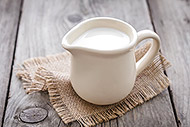 Do You Need to Drink Milk?
Do You Need to Drink Milk?
 Tips to Keep Track of Water Intake
Tips to Keep Track of Water Intake
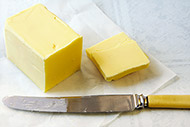 Butter vs. Margarine: What’s the Best Choice?
Butter vs. Margarine: What’s the Best Choice?
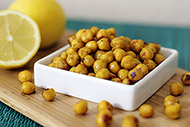 7 Good Mood Foods
7 Good Mood Foods
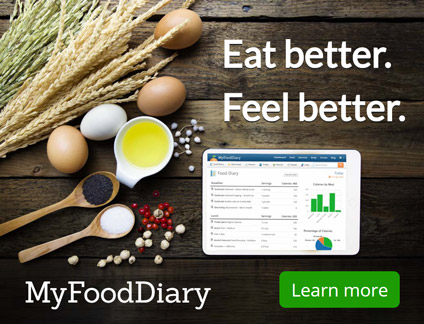
 Pinterest
Pinterest RSS Feed
RSS Feed